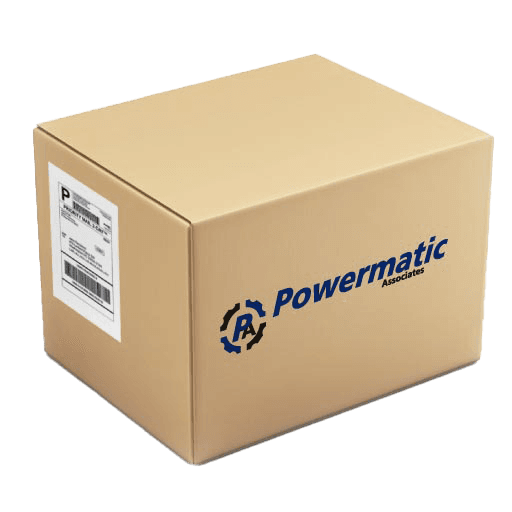All categories
Programmable Logic Controllers
Programmable Logic Controllers on Powermatic Associates

Programmable Logic Controllers
A digital computer known as a programmable logic controller (PLC) is utilized by industrial entities to manage computer systems. It observes inputs and determines corresponding outputs, making it a crucial element in systems for predictive maintenance.
944 products available

PM Series Gateway - LCD Selectable I/O Mapping; 900 MHz IP20, NEMA 1; Inputs: Si...
Quick Quote

DX80 Performance 2.4 GHz Node 65 mW; 10-30 V dc External Antenna; Input: 2 Discr...
Quick Quote

DX80 Performance 900 mHz Node 1 W IP67; FlexPower External Antenna; Input: 2 Dis...
Quick Quote

DX80 Perf 900 MHz Node 1 W Board; 10-30 V dc Ext Antenna; Input: 2 Discrete 2 An...
Quick Quote

DXM150 Controller; DX80 Performance Gateway 900 MHz 1 W; Inputs: 2 Discrete, 8 U...
Quick Quote

Banner DXM150-S2 - DXM150 Modbus Slave Device; I/O Base Board Only; Inputs: 2 Di...
Quick Quote

Banner DX80N2X1S-P14 NB - DX80 Performance 2.4 GHz Node 65 mW; Internal Battery ...
Quick Quote

Banner DX80N2X1W-CM1L NB - DX80 Condition Monitoring 2.4 GHz Node 65 mW; Interna...
Quick Quote

Banner DXM700-CK9-V - Area Monitoring Gateway; 900MHz ISM Radio; Verizon Cellula...
Quick Quote

Banner DXM100-A2R1-A - DXM100 Controller AT&T; with 900MHz ISM radio; Inputs: 4 ...
Quick Quote
| Item | Manufacturer | Price | Stock | Delivery | |
|---|---|---|---|---|---|
 | DX80G9M6S-PM8C PM Series Gateway - LCD Selectable I/O Mapping; 900 MHz IP20, NEMA 1; Inputs: Si... | Banner | $599.00 | Quick Quote | |
 | DX80N2X6S-PB2 DX80 Performance 2.4 GHz Node 65 mW; 10-30 V dc External Antenna; Input: 2 Discr... | Banner | $450.00 | Quick Quote | |
 | DX80N9X2S-P5 DX80 Performance 900 mHz Node 1 W IP67; FlexPower External Antenna; Input: 2 Dis... | Banner | $699.00 | Quick Quote | |
 | DX80N9X6S-PB2 DX80 Perf 900 MHz Node 1 W Board; 10-30 V dc Ext Antenna; Input: 2 Discrete 2 An... | Banner | $450.00 | Quick Quote | |
 | DXM150-B2R1 DXM150 Controller; DX80 Performance Gateway 900 MHz 1 W; Inputs: 2 Discrete, 8 U... | Banner | $1,199.00 | Quick Quote | |
 | DXM150-S2 Banner DXM150-S2 - DXM150 Modbus Slave Device; I/O Base Board Only; Inputs: 2 Di... | Banner | $499.00 | Quick Quote | |
 | DX80N2X1S-P14 NB Banner DX80N2X1S-P14 NB - DX80 Performance 2.4 GHz Node 65 mW; Internal Battery ... | Banner | $584.00 | Quick Quote | |
 | DX80N2X1W-CM1L NB Banner DX80N2X1W-CM1L NB - DX80 Condition Monitoring 2.4 GHz Node 65 mW; Interna... | Banner | $584.00 | Quick Quote | |
 | DXM700-CK9-V Banner DXM700-CK9-V - Area Monitoring Gateway; 900MHz ISM Radio; Verizon Cellula... | Banner | $949.00 | Quick Quote | |
 | DXM100-A2R1-A Banner DXM100-A2R1-A - DXM100 Controller AT&T; with 900MHz ISM radio; Inputs: 4 ... | Banner | $1,161.00 | Quick Quote | |





